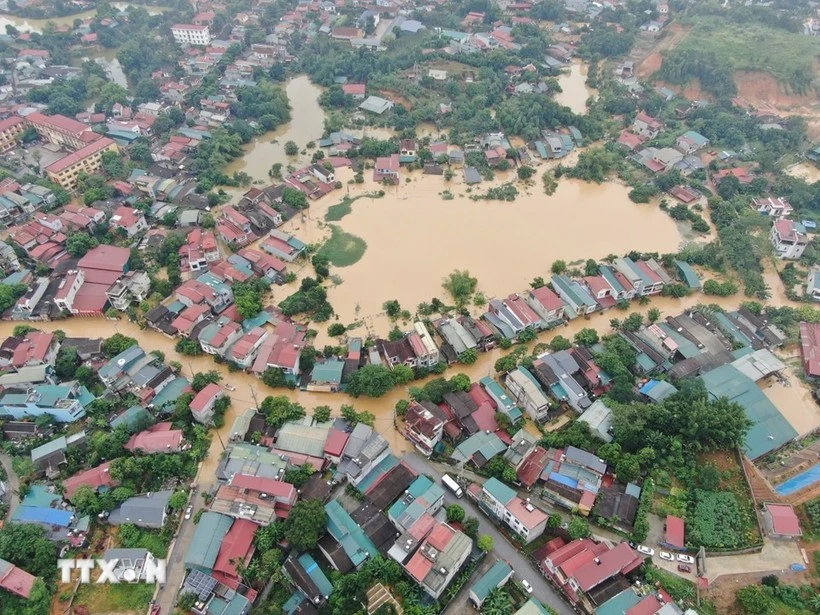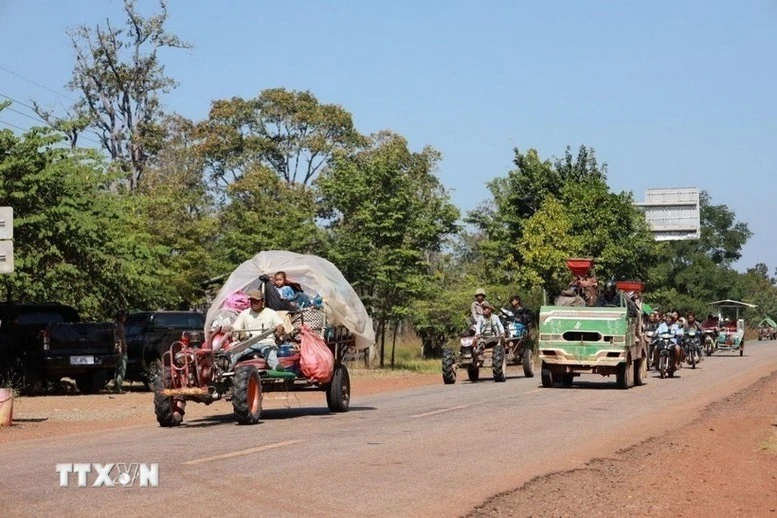The disasters have also caused 337,297 houses to collapse, be swept away, damaged, or lose their roofs; and 553,417 hectares of rice and other crops, along with 376,792 hectares of other plants, to be flooded and damaged.
At a forum on applying science and technology in disaster forecasting and early warning, organised by the Ministry of Agriculture and Environment on November 25, Nguyen Ton Quan, deputy head of the Department of Community-based Disaster Risk Management and Communication under the Viet Nam Disaster and Dyke Management Authority, further reported that 14 storms and 5 tropical depressions have occurred in the East Sea/South China Sea so far this year.
The total number is only one fewer than the record set in 2017 – a year that saw 20 storms and tropical depressions. However, the number this year may continue to rise, as a tropical depression is currently active in the waters off the Philippines and is likely to enter the East Sea/South China Sea and become the 15th storm in the coming days.
Quan also noted that in recent times, extreme heavy rainfall and historically unprecedented flooding across 13 river basins in the northern and central regions have caused severe floods in urban areas and low-lying regions, especially in Tuyen Quang, Thai Nguyen, Bac Ninh, Ha Noi, Thanh Hoa, Nghe An, Quang Tri, Hue, Da Nang, Quang Ngai, Gia Lai, Dak Lak, and Khanh Hoa. Notably, many areas were struck by all these types of disasters in a short period of time, resulting in compound natural disaster patterns – storm after storm, flood after flood, flash floods, and landslides – particularly in the northern mountainous and midland and central regions. These events have posed serious threats to disaster-prevention infrastructure, public works, and dyke systems, causing extremely severe losses of life and property.
He forecast that in the remaining months of 2025, there is still a risk of major floods in the central region. Specifically, in the coming days, the 15th storm may form in the East Sea/South China Sea, with the potential to make landfall and continue causing flooding in the south-central provinces.
Therefore, localities need to focus on overcoming the consequences of recent floods in order to be ready to respond to upcoming natural disasters, he advised.
The Ministry of Agriculture and Environment will continue strengthening capacity and improving the reliability of natural disaster forecasting and warning systems, Quan said, stressing that a key priority is increasing the density of rainfall monitoring stations and enhancing the quality of heavy-rain forecasting to support warnings for flash floods, landslides, flooding, and inundation; as well as developing natural disaster warning maps, especially detailed maps identifying areas at risk of flash floods and landslides down to the village and hamlet level.
The ministry also plans to review, arrange, and relocate residents living in areas with a high risk of natural disasters, particularly landslides and flash floods in mountainous regions, and deep flooding in low-lying areas. In addition, it will adjust crop and livestock structures in regions and localities toward more nature-aligned, efficient, sustainable, and disaster-resilient practices, he stated.
















